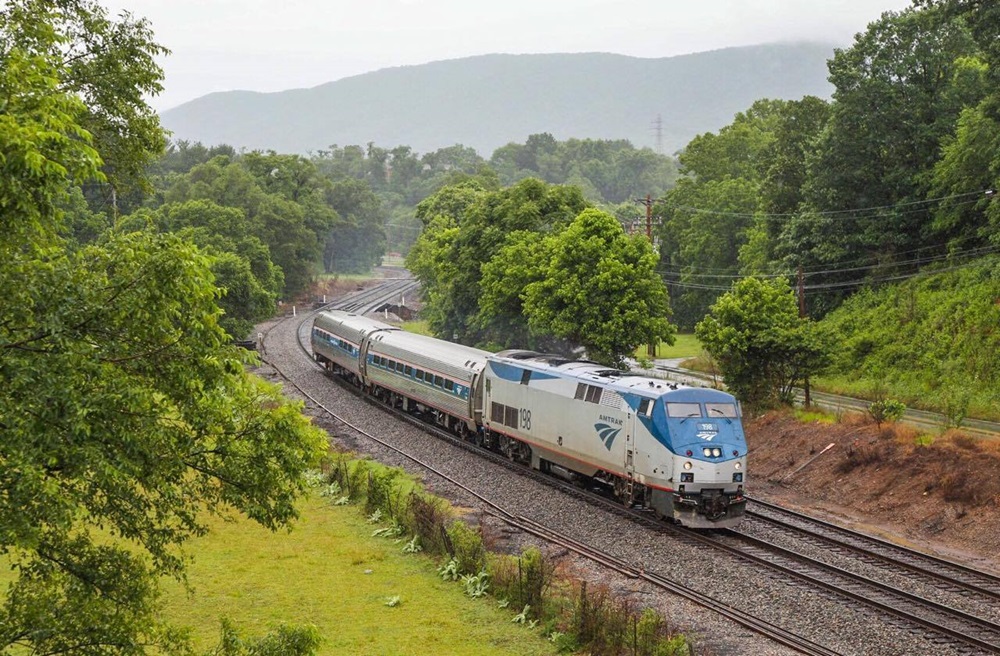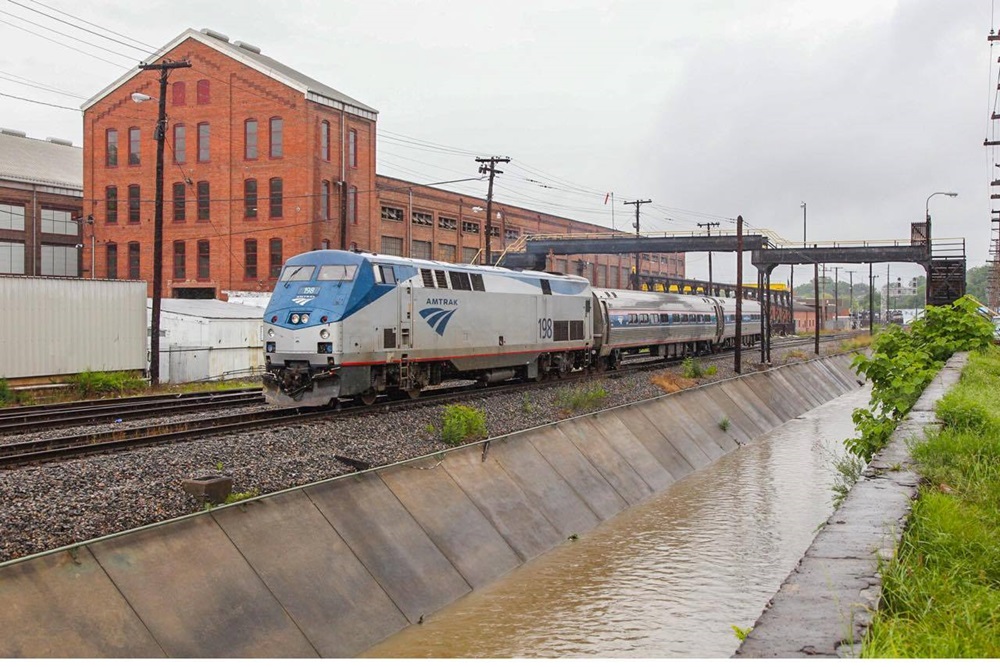Roanoke Service Qualifying Trains Leave the Station
Photos by Samuel Phillips / Trains Magazine
In 2013, Amtrak announced plans to extend its highly successful Lynchburg line to Roanoke, Virginia. Recently, Amtrak began its series of “qualifying trains,” an opportunity for locomotive engineers and train conductors to learn the tracks and territory between Lynchburg and Roanoke.
Work on the Roanoke platform began earlier this year, and rail service to the Star City is expected to be added to the Northeast Regional route this fall.
What is a qualifying train?
Not surprisingly, driving a train is unlike driving a car where you might simply follow the GPS to your destination. The distance between the Lynchburg and Roanoke stops covers about 60 miles of tracks, and onboard crew are required to know this new territory intimately. Engineers and conductors alike must be familiar with speed restrictions along the journey, as well as the different grades and curves of the tracks, and when the train is approaching road crossings and signals.
On qualifying trains, it’s not just the engineers who are being tested. Conductors and other members of the crew are also required to have deep familiarity with the route so they can interpret signals from the engineer, ensuring they have seamless knowledge of what’s happening in the cabin. Over the course of the next few months, train crews will board the empty train with a Norfolk-Southern pilot; these individuals have already completed qualification and will instruct engineers on the best way to run the tracks. As we prepare to bring service Roanoke, about 15-20 engineers and conductors will participate in the qualification process.
Qualifying trains will operate two times per weekday and will carry no passengers.
When service to Roanoke begins, it will be the first time an intercity passenger rail service has visited the city in four decades. The new route is expected to help decrease road congestion along area highway corridors, expand mobility, and increase connectivity for travel throughout the region.





